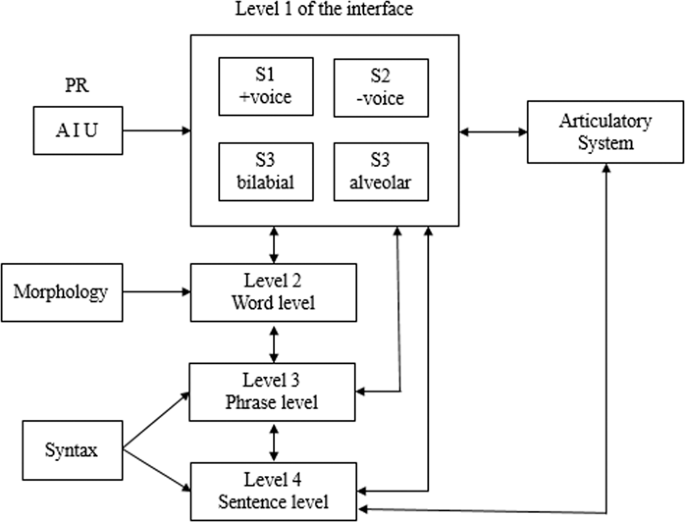

He word identity means “who you are.” You may have heard of identity theft. Certain math properties are only useful in some situations. The distributive property will be most useful when one of the numbers inside the parentheses is a variable. You might be thinking: I could just add up 4+1 to get 5, and then multiply 3 times 5 to get 15. Instead of multiplying, you can add all 3 of them up. In the example at the right, we are giving out the 3 to both the 4 and the 1 – see the arrows shown below?īecause you are multiplying 3 times (4+1), that means you have three (4+1)’s. Take a look at the distributive property below: You can multiply the number by each of the values inside the quantity seperately, and add them together. The copy shall identify the property included in the return and shall be accompanied by a written statement by the signer of the return that the return has actually been filed with the property appraiser of the county in which the property is habitually located or typically present. The distributive property applies when you are multiplying a number (or variable) times a quantity. January 1, the property is habitually located or typically present. Tip to remember: Commutative also sounds like com- move-ative. How can we remember this property? The word commute means to travel: “A half hour commute to work.” When you see the word commutative, think of travel – or of moving the order of the numbers. In our example above, the 4 was first originally, and then it was switched to second. In the commutative property you do change the order of the numbers. By "grouping" we simply mean where the parentheses are placed. The associative property indicates that the grouping of numbers does not matter. Aim to learn the general form, but use the numeric form as your "training wheels." We know properties can be confusing when too many variables are use, so we also give an example with numbers on the right side of the table as well. On the left side of the table we show the general form – using all letters. You should also be sure to understand the order of operations before attempting to understand these math properties.Įach property is listed below. Vist our pages dedicated to the math property of equality or math clue words. In this page you will learn the following properties: The core chapters (3 16) address the future impacts of climate. Therefore, we can use v w f v w f to find the wave velocity. The Working Group II Report has twenty chapters. For example, the commutative property basically states you can add in any order: 6 + 5 is the same as 5 + 6. Since one definition of wavelength is the distance a wave has traveled after one complete cycleor one periodthe values for the wavelength ( 0.9 m) ( 0.9 m) as well as the frequency are given. You probably don't even realize that you already know many of these properties. The following math properties are formally introduced in algebra classes, but they are taught in many elementary schools.


 0 kommentar(er)
0 kommentar(er)
